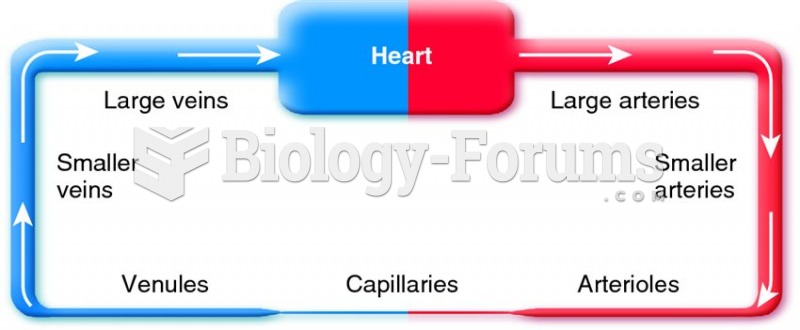Answer to Question 1
A
Answer to Question 2
Although firms usually prefer to standardize their products, adaptation is often necessitated due to differences across countries in language, culture, economic conditions, and other factors. Adaptation becomes necessary under the following situations:
a. Differences in National Preferences: Adaptation makes the offering more acceptable to customers in individual markets. Differences in consumer behavior around the world are a major driver of local adaptation. For example, in Japan, customers favor green tea-flavored ice cream.
b. Differences in Laws and Regulations: The promotion of certain products is restricted in some countries. For example, laws in Europe, including Germany, Norway, and Switzerland, restrict advertising directed at children. In Quebec, Canada's French-speaking province, local law requires product packaging to be in both English and French. In some markets, the use of certain sales promotion activities such as coupons and sales contests is restricted.
c. Differences in Living Standards and Economic Conditions: Because income levels vary substantially around the world, firms typically adjust both the pricing and the complexity of their product offerings for individual markets. For example, Dell sells simplified versions of its computers in developing economies to accommodate lower local spending power.
d. Differences in National Infrastructure: The quality and reach of transportation networks, marketing intermediaries, and overall business infrastructure influence the marketing communications and distribution systems that firms employ abroad. Infrastructure is especially poor in the rural parts of developing economies, necessitating innovative approaches for getting products to customers. Road and rail networks in western China are underdeveloped, so firms use small trucks to reach retailers in outlying communities. Undeveloped media also require substantial adaptations to carry marketing communications. In rural Vietnam, most consumers cannot access television, magazines, or the Internet. Radio, billboards, and brochures are favored for targeting low-income buyers.







